New predictions for efficiently making blue lighting from red lighting.
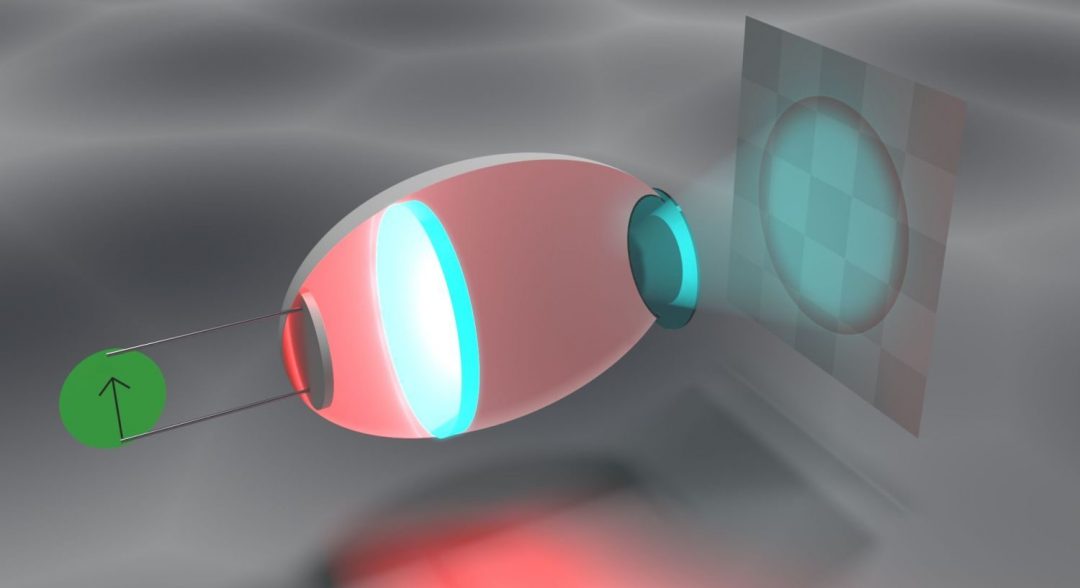

New predictions for efficiently making blue lighting from red lighting.
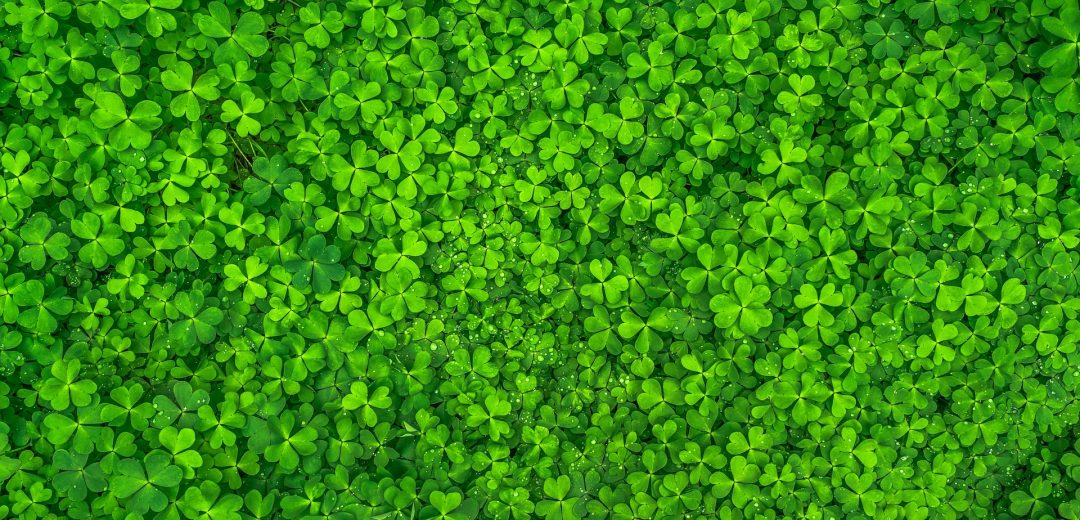
By matching the absorption of chloroplasts, dual-wavelength-emitting carbon dots can enhance the efficiency of the biological photosynthetic system both in vivo and in vitro.
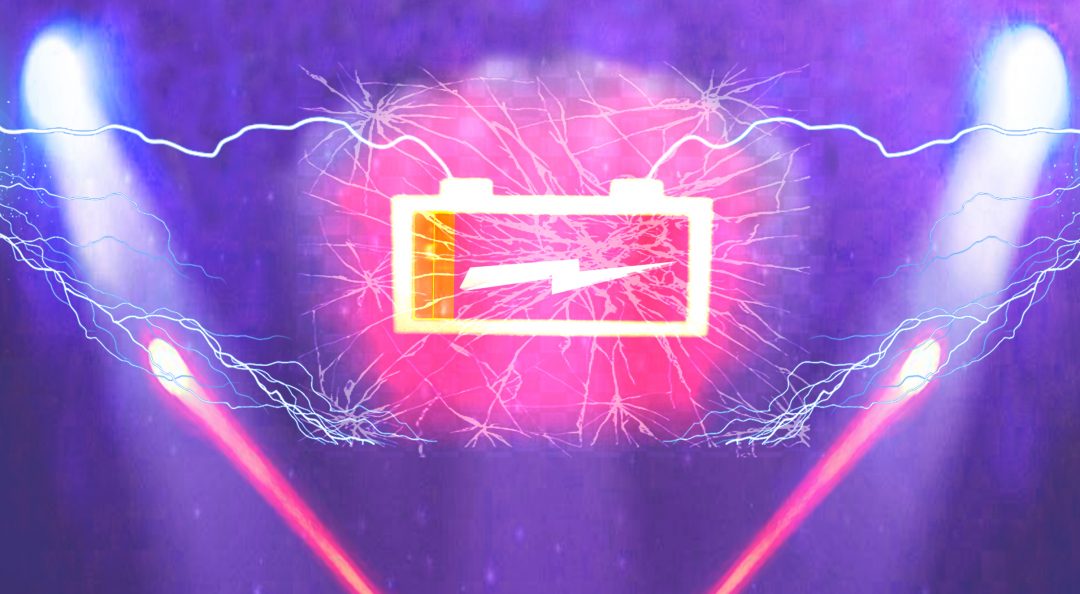
Batteries are a key part of the global push to lower emissions.
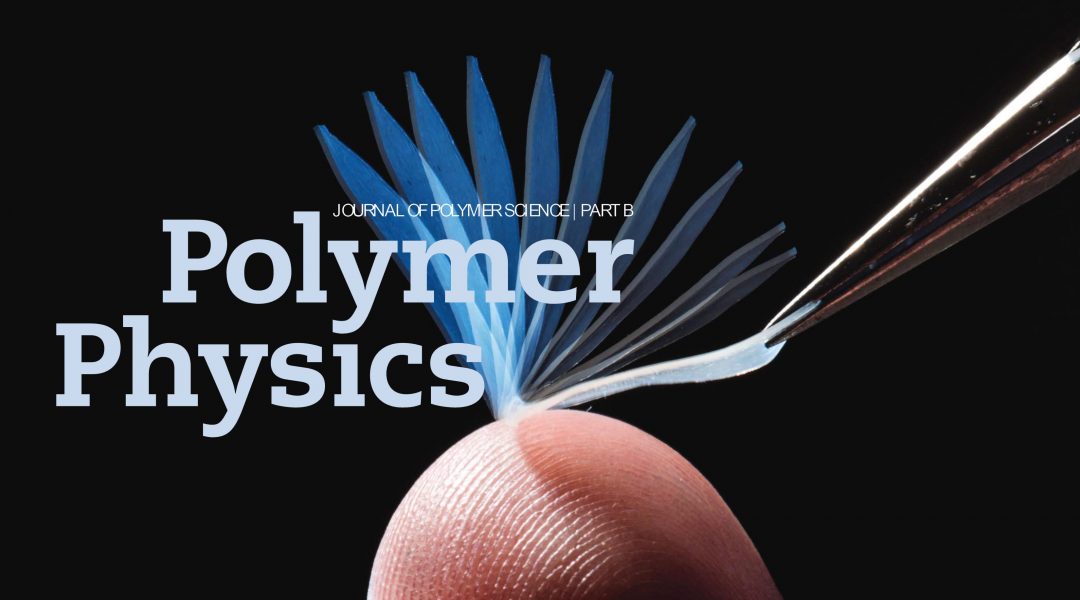
Journal of Polymer Science Part B: Polymer Physics has compiled the most accessed and cited articles published between 2016–2017.

A peek into the Advanced journal archives reveals some of the interesting and creative work published over the years that is still being cited today.
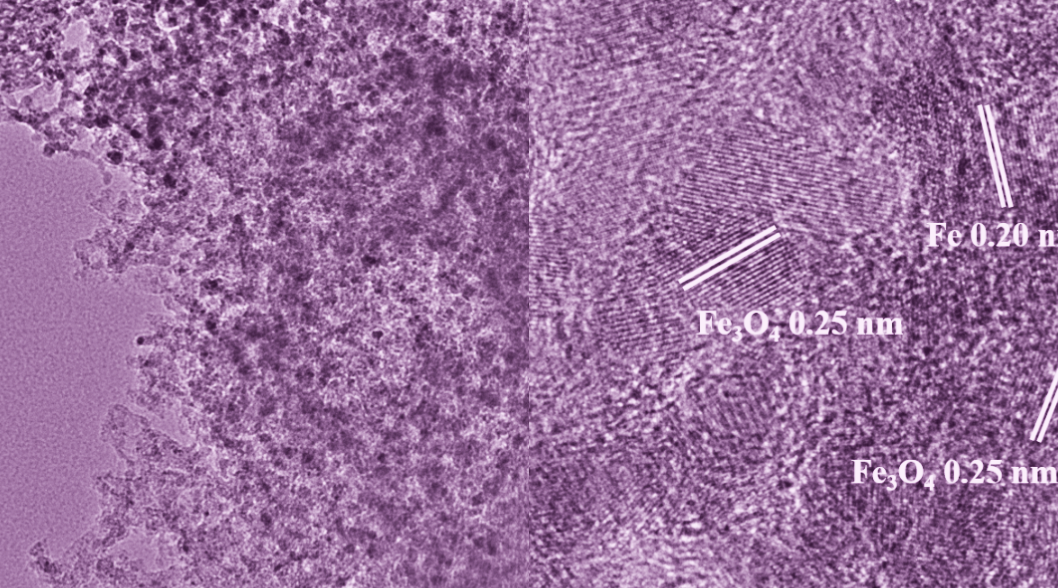
Novel Fischer–Tropsch catalysts developed from layered double hydroxide nanosheets for efficient solar-driven CO hydrogenation to olefins and other valuable chemical feedstocks.
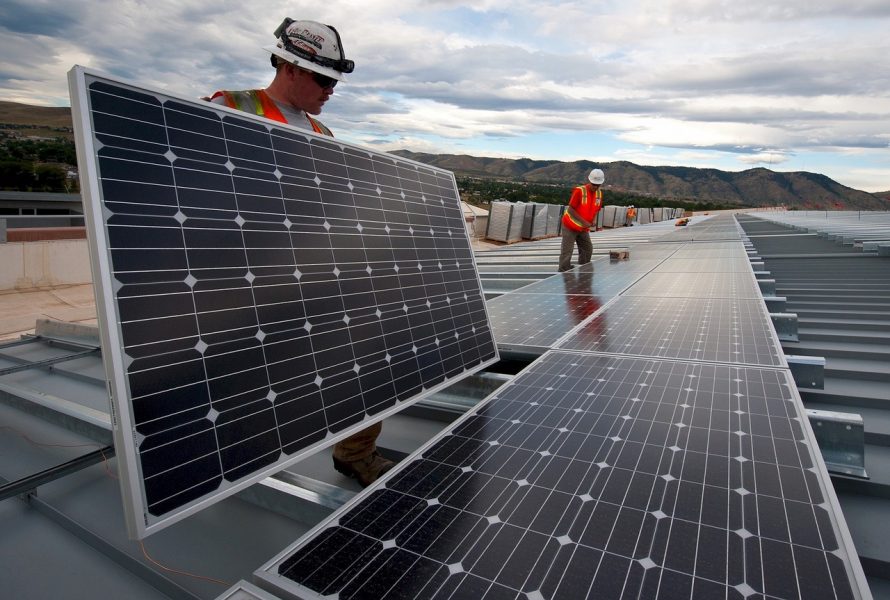
Searching for the polymer that will allow organic photovoltaic devices to reach optimal performance.
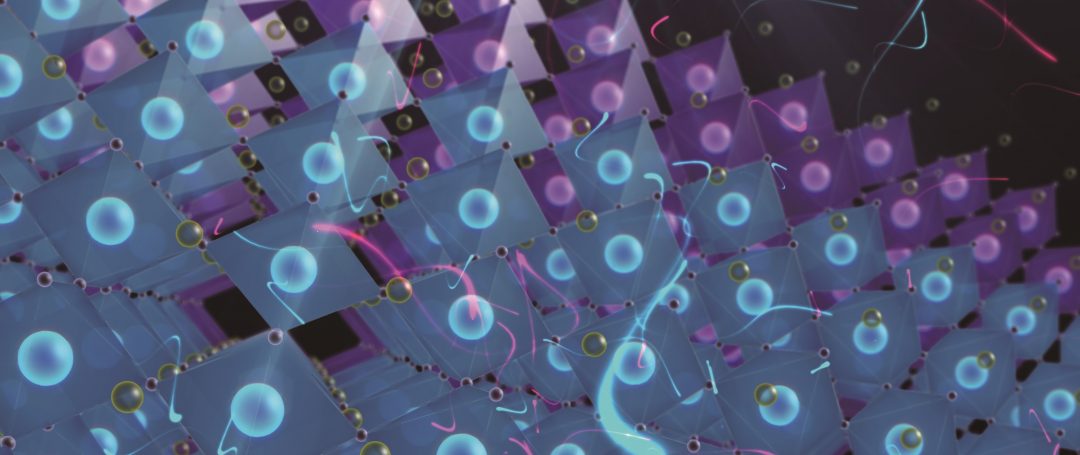
Weiguang Xie and Jianbin Xu explain the problems caused by grain boundary defects in perovskite materials used to create solar cells.

On August 11, NASA’s Parker Solar Probe took off to travel closer to the Sun, deeper into the solar atmosphere, than any mission before it.
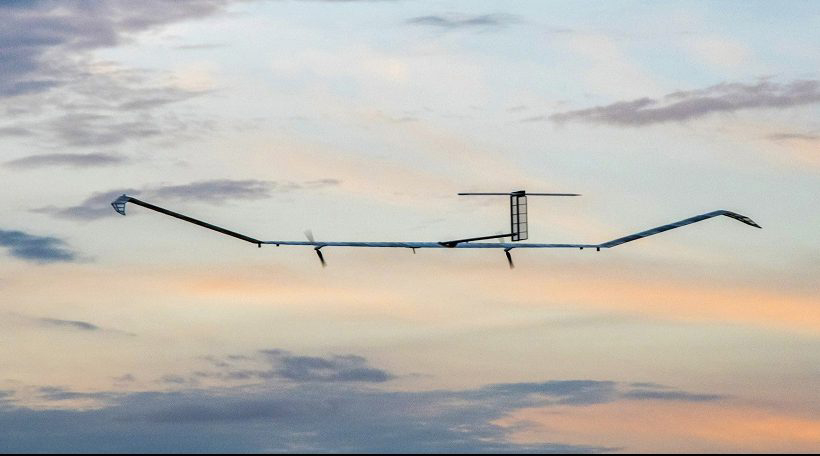
25 days, 23 hours, 57 minutes: Airbus Zephyr Pseudo-Satellite flies for longer than any other aircraft before.